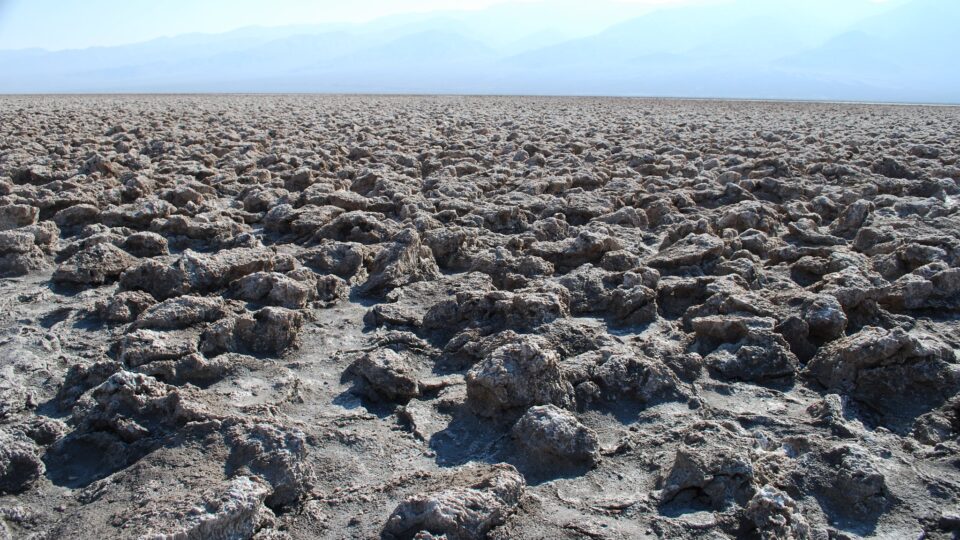August 2024 was the hottest August in the 175-years for which there are global records. The last full month of summer also wrapped up the Northern Hemisphere‘s warmest summer on record.
The average global surface temperature in August was 62.39 degrees Fahrenheit, which is 2.29 degrees above the 20th century August average. Furthermore, August was the 15th consecutive month of record-high global temperatures, which is a record in and of itself.
Regionally, Europe and Oceana had their warmest August on record. Asia had its second-warmest August, and Africa and North America had their third-warmest August.
The summer in the Northern Hemisphere was a record-breaker with a temperature 2.74 degrees Fahrenheit above average. Thinking about climate goals, this is 1.52 degrees Celsius above average, which is a troubling amount. Meanwhile, in the Southern Hemisphere, where it was winter in the June-to-August period, it was also the warmest ever with a temperature 1.73 degrees Fahrenheit above average.
Globally, this year to date ranks as the warmest ever recorded with a temperature 2.3 degrees above the 20th-century average. With a few months to go, the prediction is that there is a 97% chance that 2024 will rank as the world’s warmest year on record.
Other aspects of the global climate system were consistent with these record-breaking temperatures. The global ocean surface temperature for June through August was the warmest on record.
These monthly climate reports have an unfortunate similarity: the heat goes on.
**********
Web Links
Earth had its hottest August in 175-year record
Photo, posted June 22, 2021, courtesy of Vicky Brock via Flickr.
Earth Wise is a production of WAMC Northeast Public Radio
















